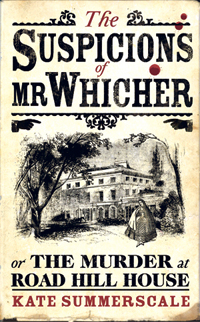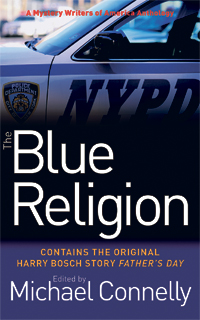
Dante’s Numbers by David Hewson (Macmillan)
There is a good reason to read David Hewson, besides the excellence of his plots: his books are set in Rome.
Unfortunately, in Dante’s Numbers his team of state police officers — Nic Costa and Co — fly to San Francisco early on and then what we have is a fond tribute to Hitchcock’s Vertigo.
An ageing director has made a film of Dante’s Inferno and during the Roman premiere the actress playing Beatrice is almost killed by a mounted assassin, the actor playing Dante is horribly murdered and Dante’s actual death mask disappears.
The film is then scheduled to open in San Francisco, so the police, who are supposed to be guarding artefacts, plus the Carbinieri, who are guarding people, decamp to California, where the action happens largely in the places where Vertigo was filmed.
For Hitchcock fans, it’s great fun. For those who aren’t, it may be a bit puzzling.
Detective-Inspector Jonathan Whicher was among the first intake of Scotland Yard detectives. He plodded along for a few decades, doing good, solid police work, until 1860, when the toddler son of a factory inspector was murdered at Road Hill House near Trowbridge in Wiltshire.
It was a shocking crime and Whicher was sent to solve it when the local coppers failed to find the culprit. He did it in the newfangled way — finding clues and using his head, not reverting to prolonged interrogations or torture — and inspired a stream of fiction featuring clever detectives.

The Suspicions of Mr Whicher by Kate Summerscale (Bloomsbury)
The Suspicions of Mr Whicher follows the case in detail, from the weather to local resentment of the factory inspector for depriving families of the money they could amass by sending their eight-year-olds to work in wool mills and dyeing houses.
A word on cover design: the book is spattered with red splotches, meant to be bloodstains. Another, reviewed in December, had a fake fingerprint on the inside front cover.
One might point out to book designers that most people who read crime novels aren’t ghouls, in it for the blood, dirt and gore, but choose these books because they have what so many novels lack — pace and plot. We’ve now had fingerprints and blood — what next?

The Blue Religion edited by Michael Connelly (Quercus)
Blue Religion is a short-story anthology featuring policemen — smart, bent, bumbling or brilliant. Produced by the Mystery Writers of America, it includes some big names from both sides of the Atlantic — for example, Michael Connelly and Peter Robinson.
It also features stories by people we probably should have heard of, because they’re very good — writers like Jack Fredrickson, who has contributed a story about a seriously hen-pecked detective, and Persia Walker, with a tragic tale of a too-beautiful teenager.
Connelly quotes Joseph Wambaugh to explain how he chose the stories: ‘The best story about the badge is not about how a cop works on a case. It is about how the case works on the cop.”
Andrew Brown’s Street Blues (Zebra ), which came out late last year and covers much the same ground (but in Cape Town), is more engaging, but for readers who already have the Brown book, Blue Religion makes a decent companion volume